Julia Child Floribunda Rose
$26.00 Original price was: $26.00.$9.90Current price is: $9.90.
Genus:Rosa
Species:hybrids
Variety:WEKvossutono
ppaf:PP18473
Zone:5 – 9
Bloom Start to End:Late Spring – Late Fall
Habit:Compact
Plant Height:3 ft
Plant Width:3 ft;Bloom Size:3 in;Petal Count:35
Additional Characteristics:Bloom First Year,Easy Care Plants,Fragrance,Free Bloomer,Gift,Needs Deadheading
Bloom Color:Gold,Yellow;Bud Shape:Ovoid,Pointed
Foliage Color:Dark Green,Glossy;Fragrance:Licorice,Spicy,Strong
Light Requirements:Full Sun
Moisture Requirements:Moist, well-drained
Resistance:Disease Resistant,Heat Tolerant
Soil Tolerance:Normal, loamy
Uses:Border,Cut Flowers,Ornamental
This yellow rose couldn’t be more enticing if it smelled like hot, buttered popcorn. Or perhaps more fitting, Bernaise sauce on a tasty filet mignon. Named for the woman who brought French cuisine to the kitchens of America, Julia Child combines intoxication aroma with a delicious presentation of uplifting color.
No, you can’t eat the beautiful flower, though its appealing licorice scent may bring you back to the days of penny candy stores. Giant clusters of big, fully double, 3-inch blossoms can be enjoyed numerous other ways, though, with this attractive dark-green shrub.
Of course, Julia Child looks great as cut flowers on a table, especially a dinner table. Standing atop long stems up to 17 inches high, this cultivar produces its blooms from pleasantly pointed ovoid buds clustered throughout the branches.
The compact shrubs measure only 3 feet in height and width, making them versatile enough for most garden recipes. Very heat tolerant, Julia Child is vigorous and resistant to disease. Requiring minimal care, it thrives in full sun and well-drained soil.
Pruning is recommended in the spring. Remove old and dead wood and cut back canes that cross. In warmer climates, remaining canes should be cut by one-third. In colder climates, additional pruning is usually helpful.
| Weight | 1 kg |
|---|---|
| Dimensions | 1 × 1 × 1 cm |
Shipping Time
Shipping is an additional 15-35 business days depending on location. Shipping time will be provided at checkout.
Returns
If seeds fail to leave China, we will refund your payment 100%. But if seeds fail to reach you due to customs problem on your side which we were not informed in advance, we will not be able to bear any loss, and no refund will be made.
We sell only viable plants seeds online, and test germination of our seeds from time to time. So we will not be able to refund for seeds that clients fail to germinate, unless we are convinced that it's truly problem of our seeds.
———
Please send us an email: [email protected] and be as detailed as possible while filling in the information.
After submission, We will reply to you within 24 hours. Please be patient.
———
CHARGEBACKS & DISPUTES
Please contact us by email before opening a merchant chargeback or payment dispute, as we can generally resolve the issue before that takes place. Any chargebacks and disputes disable our ability to issue refunds or credits due to funds being frozen.
———
REFUND, EXCHANGE AND RETURN
Customers have the right to request a refund/ return/ exchange within 14 days from the delivery date. Our Customer Service team will offer the best solutions for specific situations.

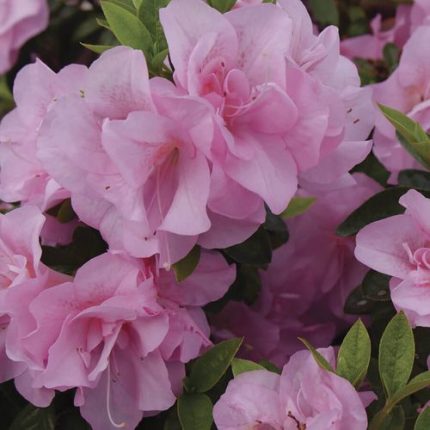
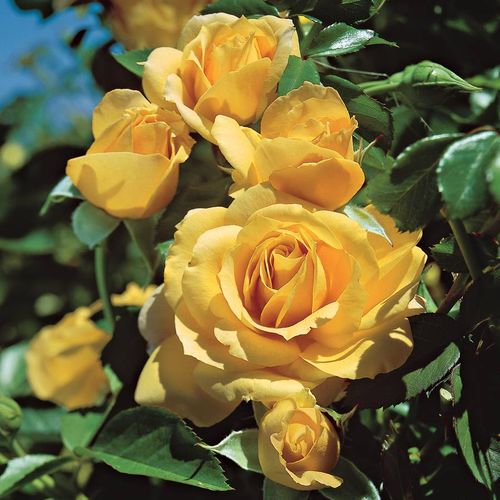
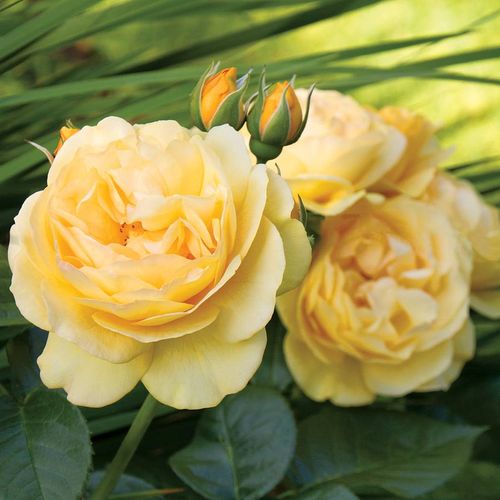
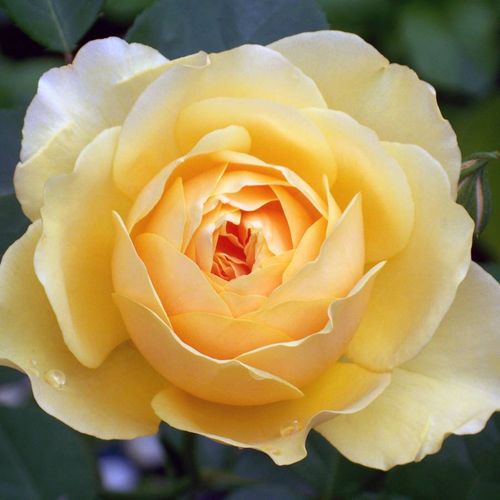

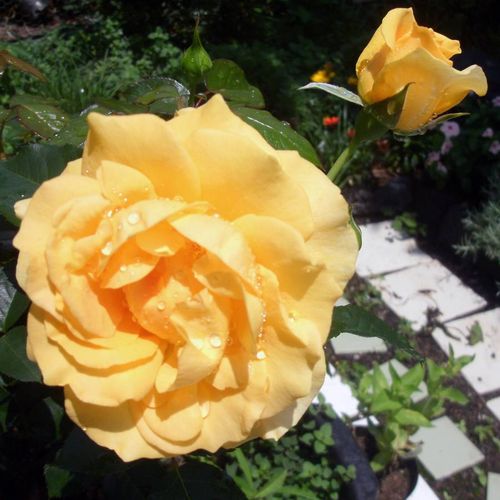
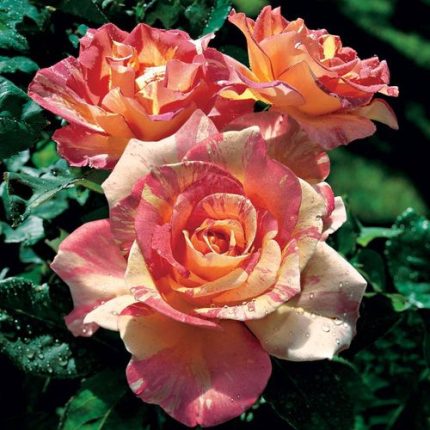
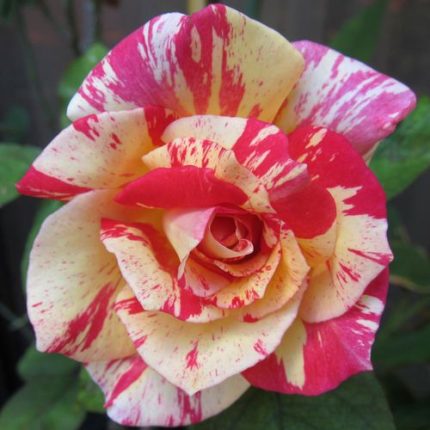
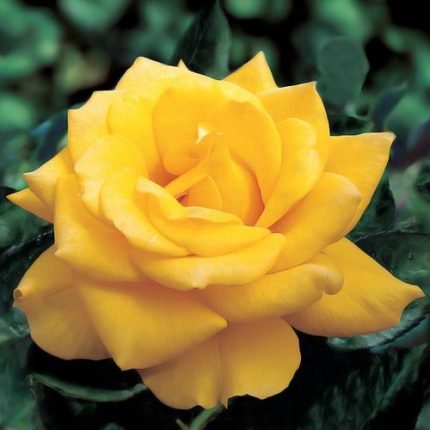
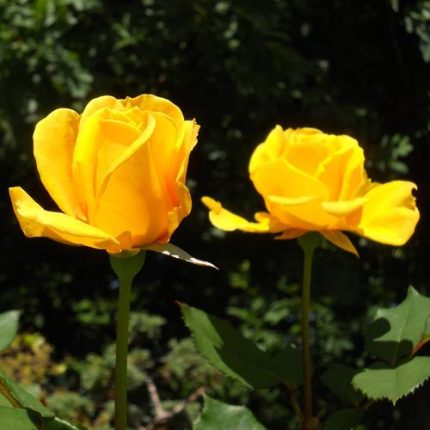
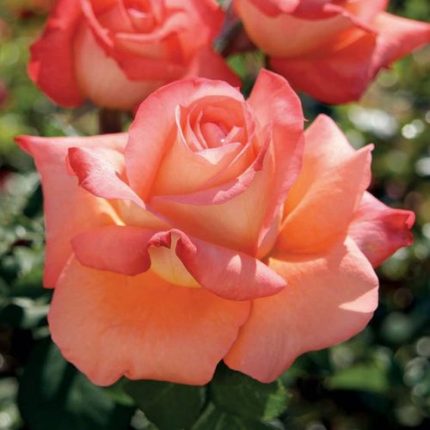
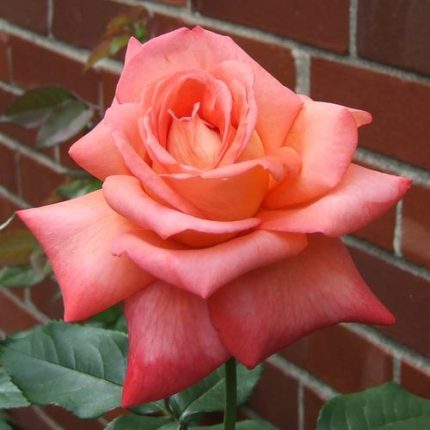
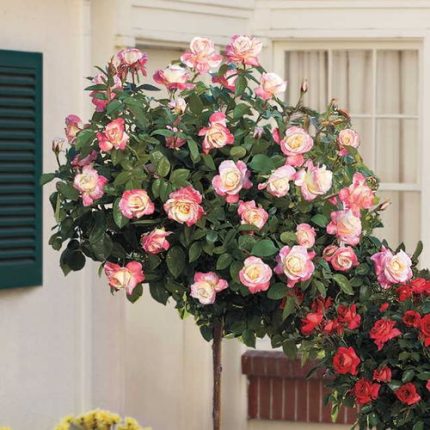
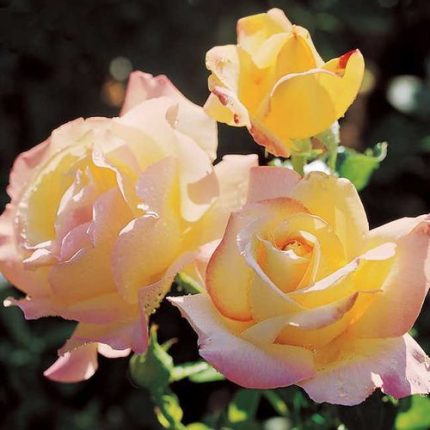
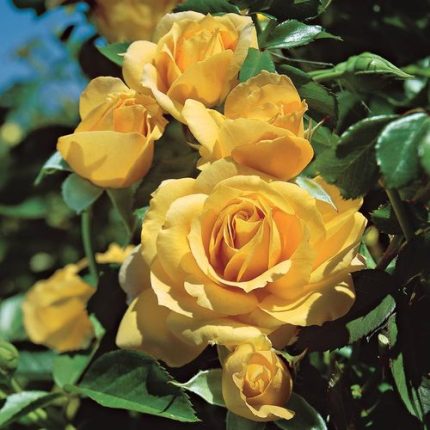
Reviews
There are no reviews yet.